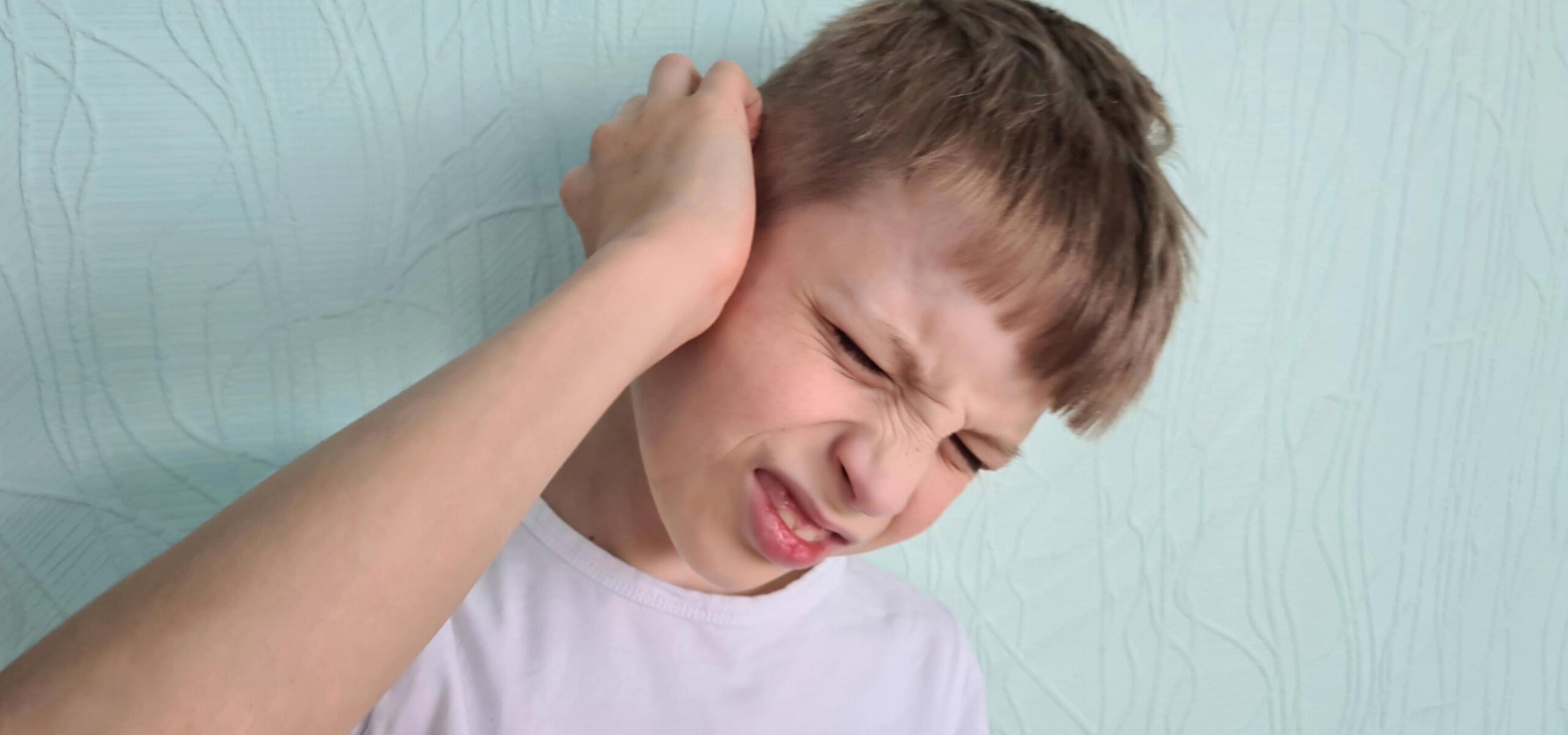What is Eustachian tube dysfunction?
The Eustachian tube is a small passageway that connects your throat to your middle ear. When you sneeze, swallow, or yawn, your Eustachian tubes open. This keeps air pressure and fluid from building up inside your ear. But sometimes a Eustachian tube clogs up. This is called Eustachian tube dysfunction. When this happens, sounds may be muffled, and your ear may feel full or painful.
Symptoms
If you have Eustachian tube dysfunction:
- Your ears may feel plugged or full.
- Sounds may seem muffled.
- You may feel a popping or clicking sensation (children may say their ear “tickles”).
- You may have pain in one or both ears.
- You may hear ringing in your ears (called tinnitus).
- You may sometimes have trouble keeping your balance.
What causes Eustachian tube dysfunction?
The most common cause of Eustachian tube dysfunction is when the tube become swollen (inflamed) and mucus or fluid builds up. This can be caused by a cold, the flu, a sinus infection, or allergies. Some people are at greater risk for Eustachian tube dysfunction. They include:
- Children. Their tubes are shorter and straighter than those of an adult. This makes it easier for germs to reach the middle ear and for fluid to become trapped there. Also, children’s immune systems are not fully developed, making it harder for them to fight off infections.
- People who smoke. Smoking damages the cilia (the tiny hairs that sweep mucus from the middle ear to the back of the nose). This can allow mucus to gather in the tubes.
- People with obesity. Fatty deposits around the tubes can lead to Eustachian tube dysfunction.
How is Eustachian tube dysfunction diagnosed?
Your doctor will talk to you about your symptoms and examine you. They will examine your ear canals and eardrums, your nasal passages, and the back of your throat.
Can Eustachian tube dysfunction be prevented or avoided?
Reduce your risk of developing this condition by treating the underlying cause of the blockage — usually allergies, a cold, or the flu.
Treatment
Symptoms of Eustachian tube dysfunction usually go away without treatment. You can do exercises to open up the tubes. This includes swallowing, yawning, or chewing gum. You can help relieve the “full ear” feeling by taking a deep breath, pinching your nostrils closed, and “blowing” with your mouth shut.
If you think your baby may have Eustachian tube dysfunction, feed him or her. You can also give them a pacifier. These actions encourage the swallow reflex.
If these strategies don’t help, your doctor may suggest other options. These can include:
- Using a decongestant to reduce the swelling of the lining of the tubes
- Taking an antihistamine or using a steroid nasal spray to reduce any allergic response
- Making a tiny incision in the eardrum and suctioning out the fluid in the middle ear. This gives the Eustachian tube lining time to shrink while the eardrum is healing (usually 1 to 3 days).
- Implanting small tubes in the eardrums. Tubes let built-up fluid drain out of the middle ear. Children who get a lot of ear infections sometimes get tubes in their ears. They stay in up to 18 months and fall out on their own.
- Using a balloon dilation system. A doctor will insert a small balloon through your nose and into the Eustachian tube using a catheter (long, flexible tube). When it is inflated, the balloon opens a pathway for mucus and air to flow through the tube. This can help it function properly.
FDA warning
The U.S. Food and Drug Administration (FDA) advises against the use of ear candles (inserting a special candle in the ear). It is supposed to pull wax and debris out of your ear as it burns. Ear candles can cause serious injuries and there is no evidence to support their effectiveness.
Living with Eustachian tube dysfunction
Managing your symptoms when you have allergies can help keep your Eustachian tubes clear and prevent an infection. Home care exercises such as swallowing or yawning usually take care of any problems. If you or your child show symptoms of severe pain in the ear, call your family doctor.
Questions to ask your doctor
- My ears feel full and don’t feel better when I yawn. Could I have Eustachian tube dysfunction?
- What can I do to make my child more comfortable?
- My child has Eustachian tube dysfunction. Will they have ear infections?
- Is there anything I can do when I travel to make myself more comfortable?
- Could my allergies make Eustachian tube dysfunction worse?
- What is the best way to treat my symptoms?




